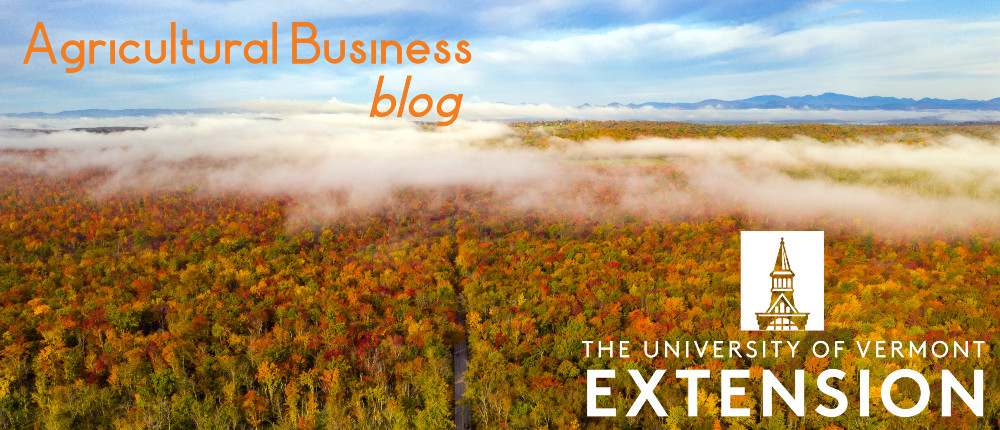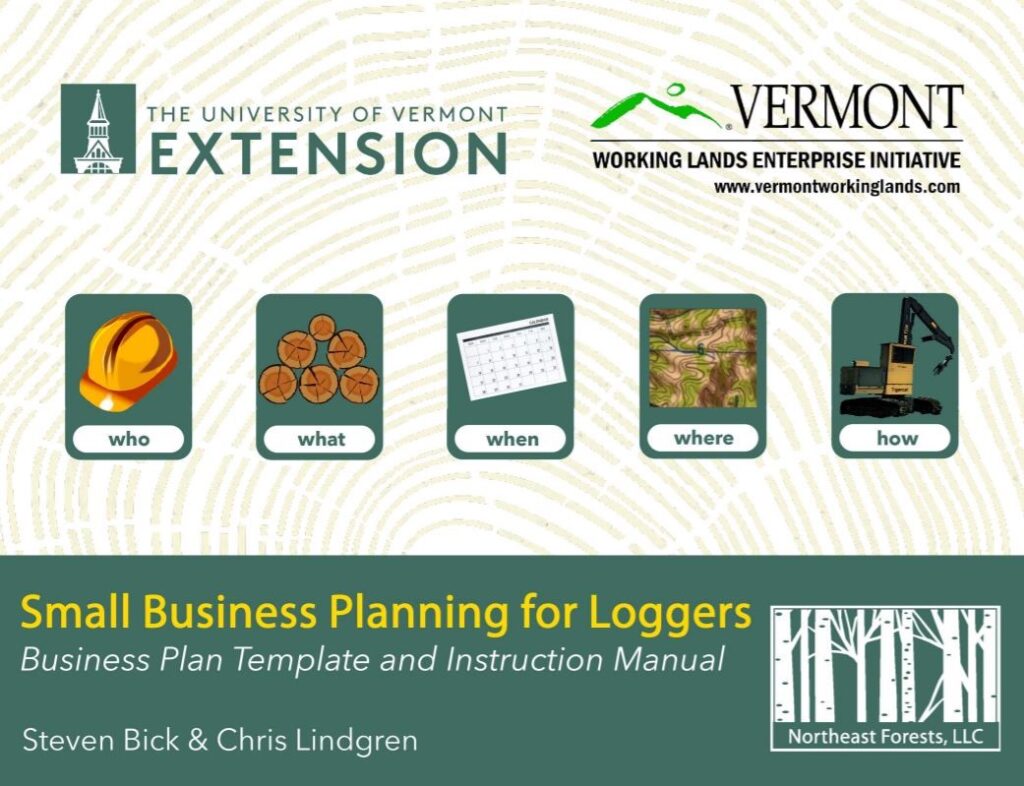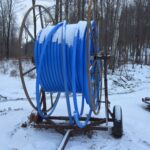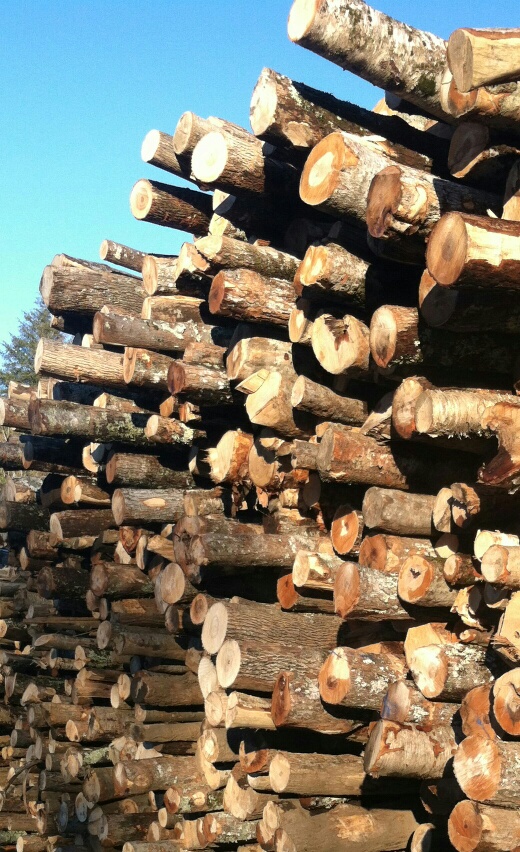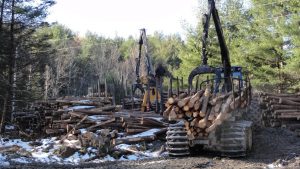by Tony Kitsos
This spring has been quite a challenge, to say the least! Weather reports across the state talk about rain in some location on any given day, and that makes us a bit grumpy! We’ve waited all winter to get this year’s crops in the ground and take first cut off — and here it is June 5th with plenty of work to do on most farms.
On a recent early-June drive from Morrisville to Middlebury I saw a good many cornfields un-spread, un-plowed, and unplanted. And the window for getting a mid-May first cut in and covered was slammed shut by a month with rainfall 4” over the historical average. The New Englander’s adage of a year’s seasons being 4 months of winter and 8 months of damn poor sleddin’ has held court. It seems that if there’s less that can be done in the field, it hampers doing other projects – just don’t want to get wrapped up in anything else in case the weather breaks and it’s time to head to the fields.
All well and good, but while we wait, we need to turn our attentions to another season that’s upon us… Construction season. As if having too much water in the fields isn’t enough, there’s plenty of mud hanging around the farmstead and making quite a mess! It’s pointing out some of the high-risk areas that need to be filled in, drained, graded, or whatever is needed to minimize farmstead runoff into our waterways. Take the opportunity to find areas needing attention. Do some easy fixes. And be sure that we’re all responsible for containing runoff when and where it occurs.
UVM Agricultural Business has funds to help you assess the financial feasibility of some of the more comprehensive projects. We work independently, or with NRCS and VAAFM staff to help you find the best, most cost-effective solutions to most any water quality situation. Give us a call at the St. Albans office at 802-524-6501 and ask for Tony Kitsos. I’m looking forward to starting the conversation.
